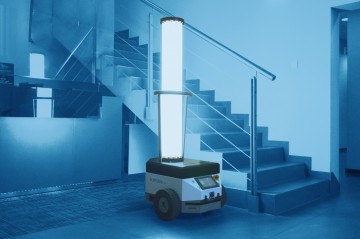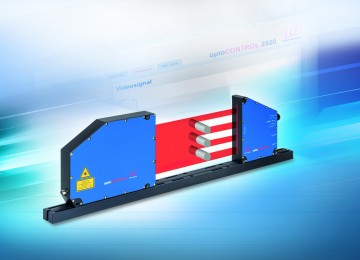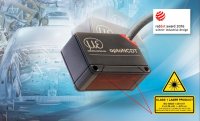
The optoNCDT 1420 infrared optoNCDT laser sensors are distinguished by their high precision and excellent performance. They perform non-contact displacement measurements and distance measurements, simultaneously enabling detection of the smallest objects thanks to the very small diameter of the measuring spot.
Most often, semiconductor lasers with 690 nm (visible, red) lightning and optical output power max. 1 mW are used in Micro-Epsilon sensors. Therefore, most laser sensors are classified as devices in the 2nd laser class. During the intended use of Class 2 lasers, no special protection measures are required, thanks to which sensors can be used in many different industrial applications as well as tools for research and development. However, some users have higher requirements regarding the laser class, therefore they use class 1 lasers. In this class, the radiation power is up to 390 Ă?LW, which is much lower than for class 2 laser sensors.
Increased requirements imposed on manufacturers in the automotive industry oblige them to apply appropriate precautionary measures to their production facilities for implementation sensors with 1 kasÄ?Ä? laserowÄ? . Examples include devices for loading goods, fixing or installing parts inside the vehicle for precise alignment. In unfavorable conditions, employees look directly at the laser beam or reflection of the beam. At higher laser classes, the bundle can cause irreversible damage to the retina of a person affected by the beam. Although Class 2 laser devices could, under certain circumstances, be used without a buoyancy, the automotive industry often requires Class 1 lasers for production lines. Therefore, costly protection measures are no longer necessary. Together with new optoNCDT 1420CL1 model , Micro-Epsilon offers a sensor that meets the requirements of the automotive industry in terms of efficiency and laser class.
In medical engineering, laser class 1 is often a prerequisite. Some applications use laser sensors to determine the distance from very delicate surfaces and subsoils. Sensors with a class 2 laser may, under certain circumstances, cause a chemical or thermal reaction of the surface. In these areas, one laser class is used.
See our products
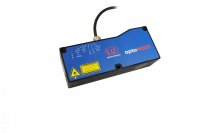 optoNCDT 1710/2310
optoNCDT 1710/2310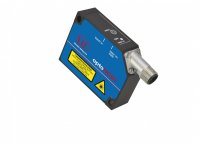 optoNCDT 1402
optoNCDT 1402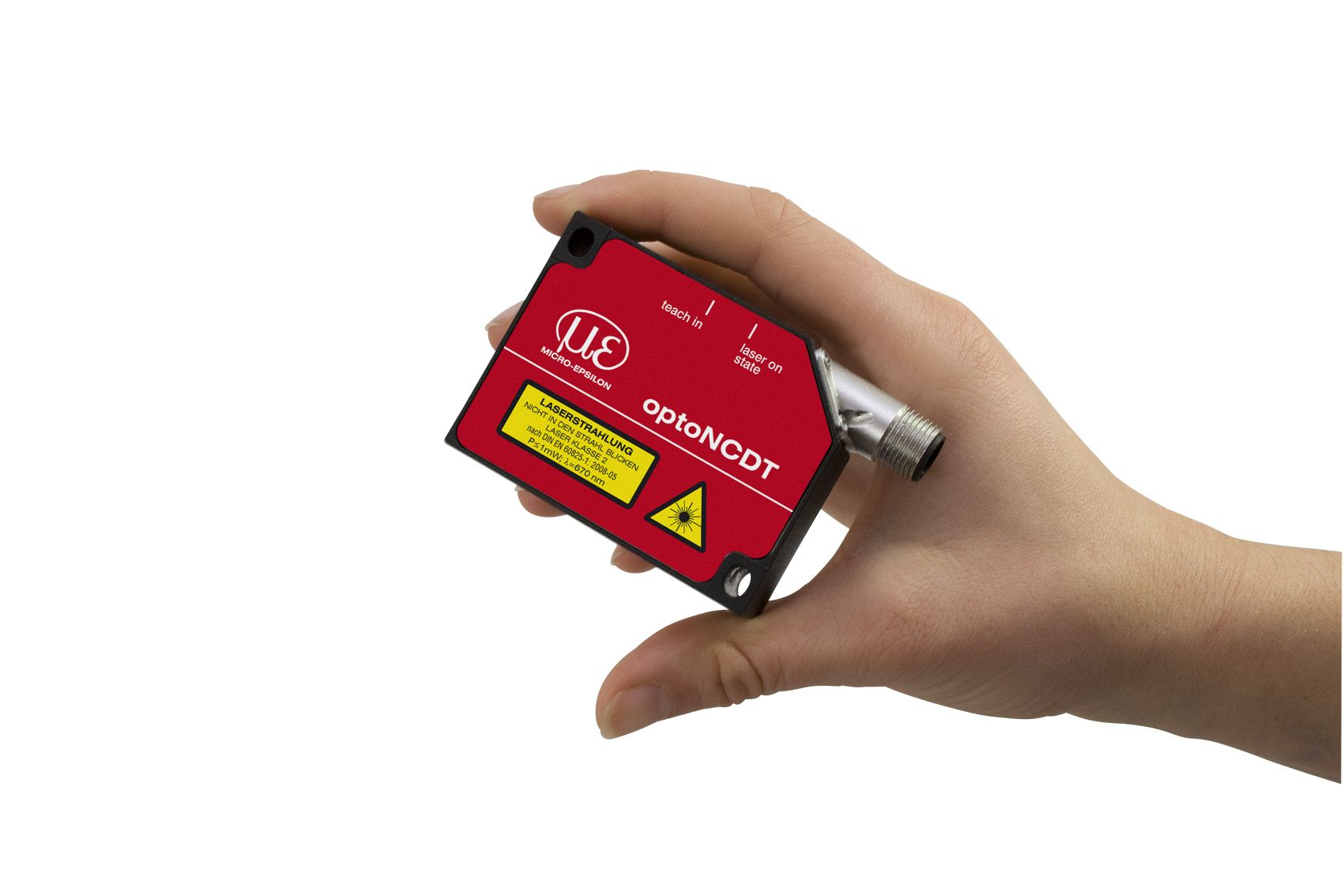 optoNCDT 1302
optoNCDT 1302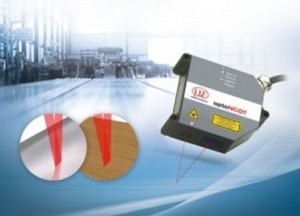 OptoNCDT 1750LL laser sensor
OptoNCDT 1750LL laser sensor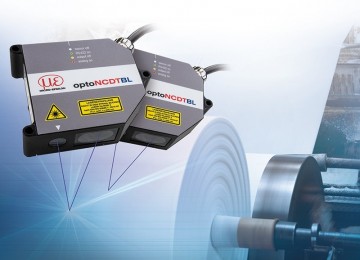 optoNCDT 1700BL
optoNCDT 1700BL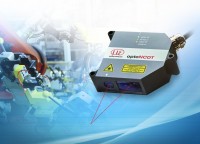 optoNCDT 1750
optoNCDT 1750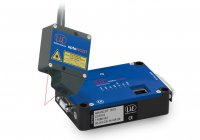 optoNCDT 1630
optoNCDT 1630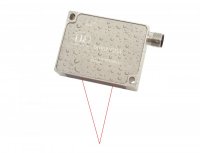 optoNCDT 1402SC
optoNCDT 1402SC optoNCDT 1610
optoNCDT 1610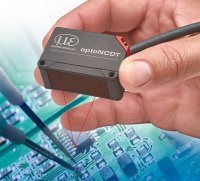 optoNCDT 1320
optoNCDT 1320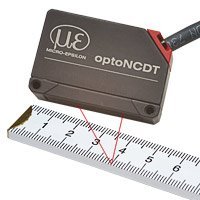 optoNCDT 1420
optoNCDT 1420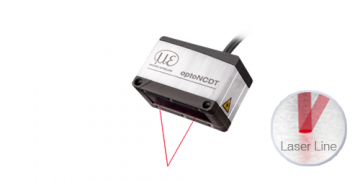 OptoNCDT 1900 LL triangulation laser sensor
OptoNCDT 1900 LL triangulation laser sensor 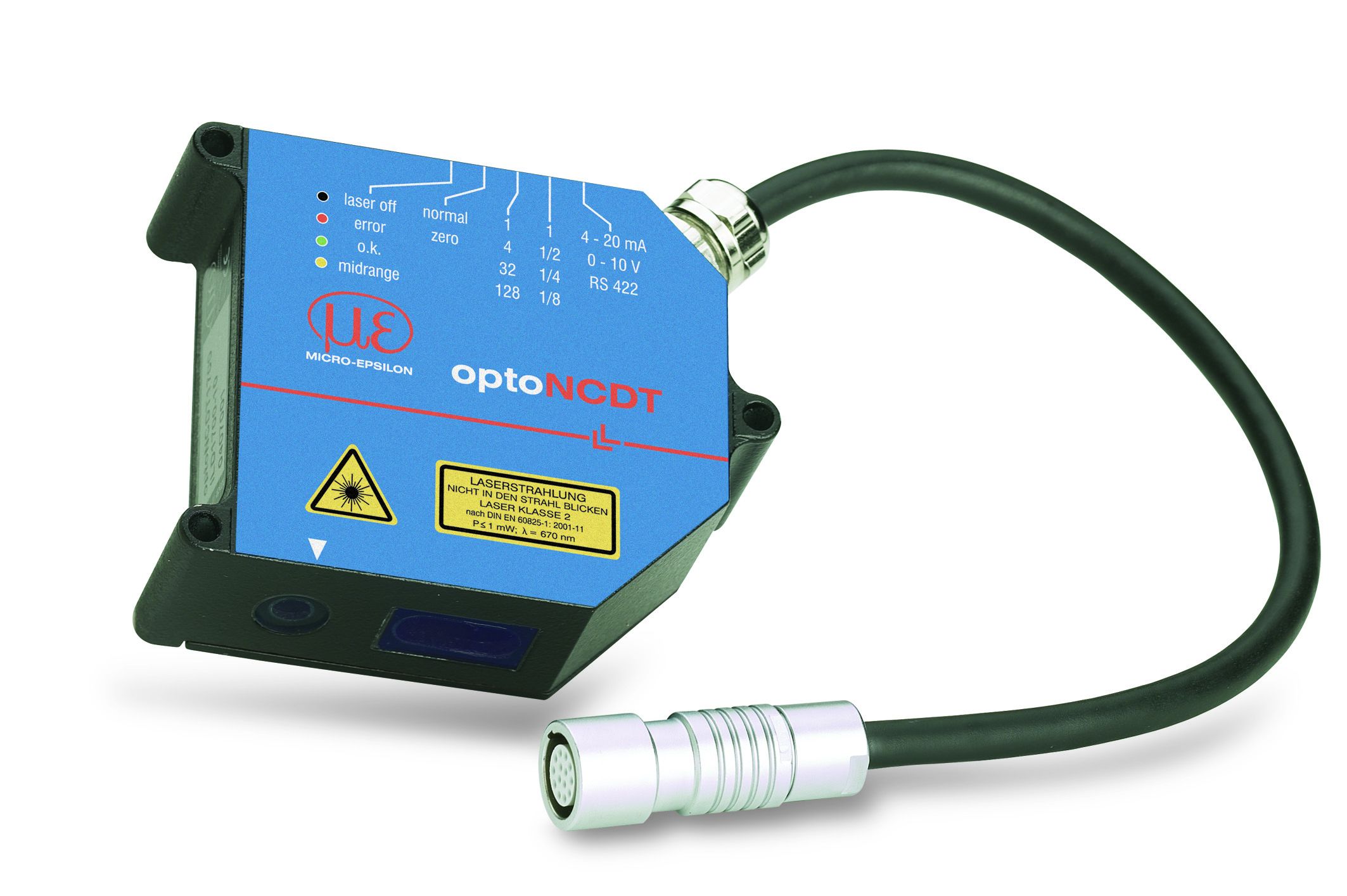 optoNCDT 1700LL
optoNCDT 1700LL OptoNCDT 1220 laser sensor
OptoNCDT 1220 laser sensor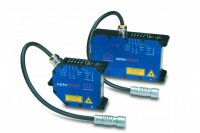 optoNCDT 1700
optoNCDT 1700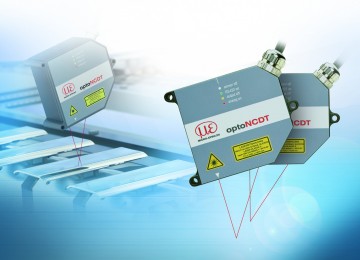 OptoNCDT 1750-2DR laser sensor
OptoNCDT 1750-2DR laser sensor  optoNCDT 2300LL
optoNCDT 2300LL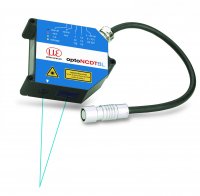 optoNCDT 2300BL
optoNCDT 2300BL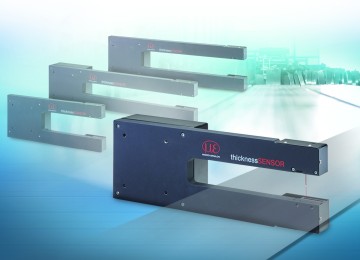 thicknessSENSOR - thickness measurement sensor
thicknessSENSOR - thickness measurement sensor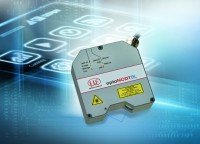 optoNCDT 2300-2DR
optoNCDT 2300-2DR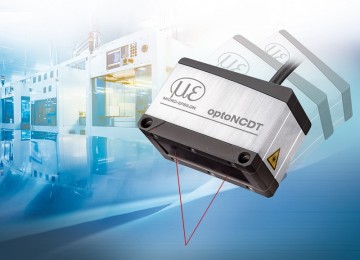 OptoNCDT 1900 triangulation laser sensor
OptoNCDT 1900 triangulation laser sensor optoNCDT 2300 Laser triangulation displacement sensor
optoNCDT 2300 Laser triangulation displacement sensor optoNCDT 1420 CL1
optoNCDT 1420 CL1

